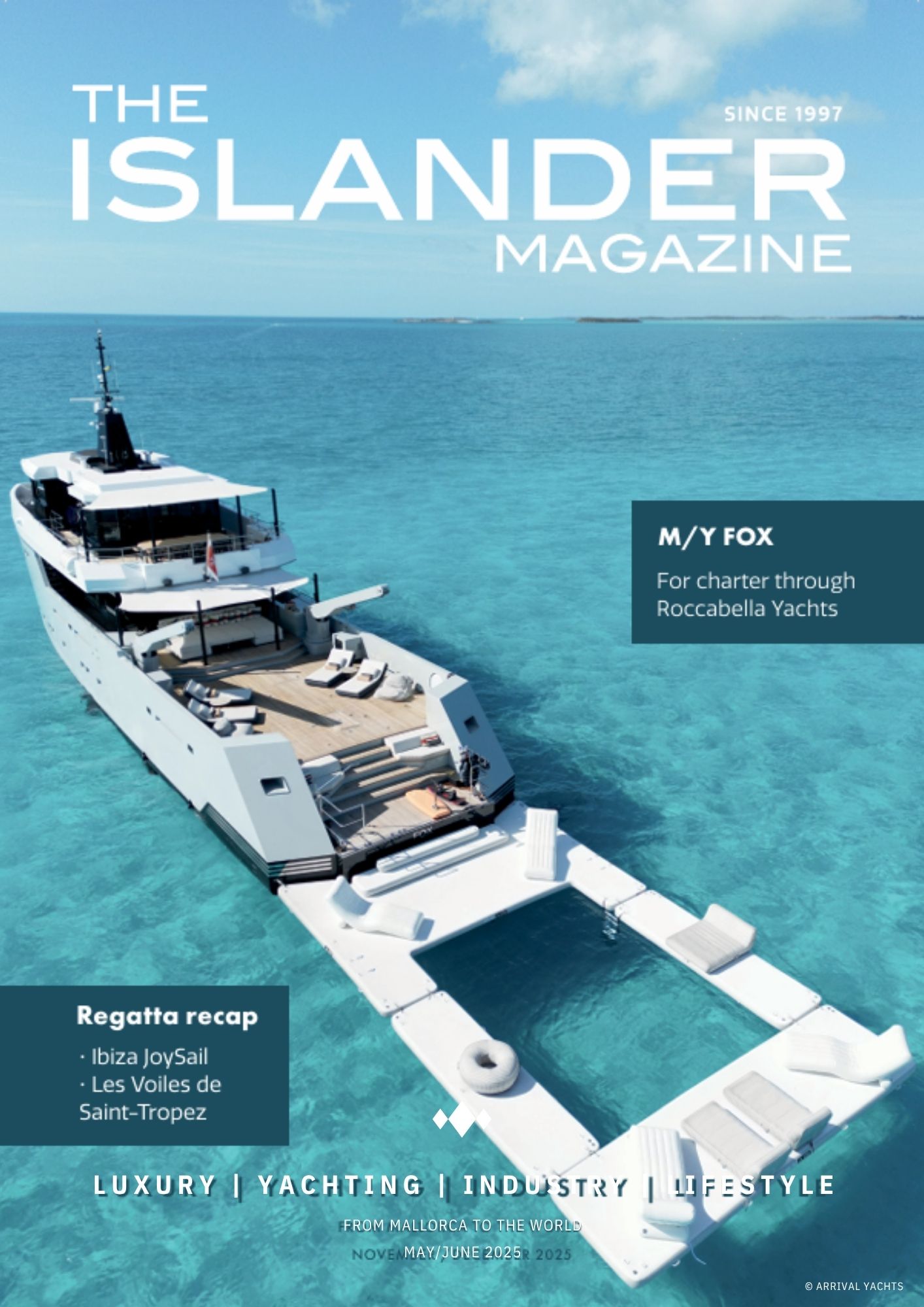We were lucky. Struck by lightning on our small 10.7m cruising sailing GRP boat in Turkey in 2010, but without any form of Lightning Protection Systems (LPS). All the plastic and some of the metal gear at the top of the mast exploded and simultaneously the headlining in the saloon exploded downwards with a loud bang and so much smoke, we initially thought we were on fire; but my wife and I survived, unscathed to tell the tale.
The most likely discharge exit was through the propeller shaft, but practically all electronics were violently destroyed. As an electrical and electronic engineer, my assessment for our insurance claim afterwards showed that most devices had experienced severe arcing with small electronic components having exploded inside equipment (see photo).
Lightning is very hard to study and to accurately predict its behaviour is almost impossible, but it is driven by the simple fact that a massive potential difference (voltage) exists between the highly-charged clouds of a brewing thunderstorm and the surface of the Earth. Eventually, a path is found through the atmosphere down to ground for some of the accumulated charge to flow. Bear in mind that air breaks down (arcs) at 3 million Volts per metre, and you get some inkling of the enormous voltage differences involved, especially considering the typical thunder cloud bottoms out at around 2000m altitude.
In the middle of a large body of water, with your sailing yacht in it, the top of the mast, being one of the highest points around, looks like a handy point to discharge through. So the LPS is designed to control the first point of discharge and then make the onward path to ‘ground’ – in this case the sea – as direct as possible and capable of conducting very high currents for a very short time during the discharge.
Since that unlucky strike in Turkey more than 6 years ago, I’ve become involved in insurance claims for lighting strikes on superyachts though our company, SeaSystems. A typical mast air terminal of our own design and construction is shown, right, fitted to be the highest point on the top of the 43m carbon mast of a 34m Swan, after recently being struck by lightning, to devastating effect.

Assuming first and foremost that no-one gets injured, or even killed by a strike, that the boat does not catch fire, and that no seacock blows out the bottom of the boat, the problems encountered after a lightning strike can be many and various. But perhaps the worst consequence is simply that the owner’s superyacht is seriously put out of commission for an extended period, with possibly continuing, strange problems cropping up for a while after a lightning strike. The boat is then just not available for the holidays on board and the usual ‘fun’ the owner no doubt expects from his expensive asset, or lucrative charter fees are lost during that period which normally help towards paying for the annual running cost of the boat. And he’s definitely not going to be able to sell it during that time.
So whilst we can’t prevent lightning from happening, isn’t it better to reduce the chances and effects of a direct lightning strike?
Andrew@SeaSystems.co














0 Comments